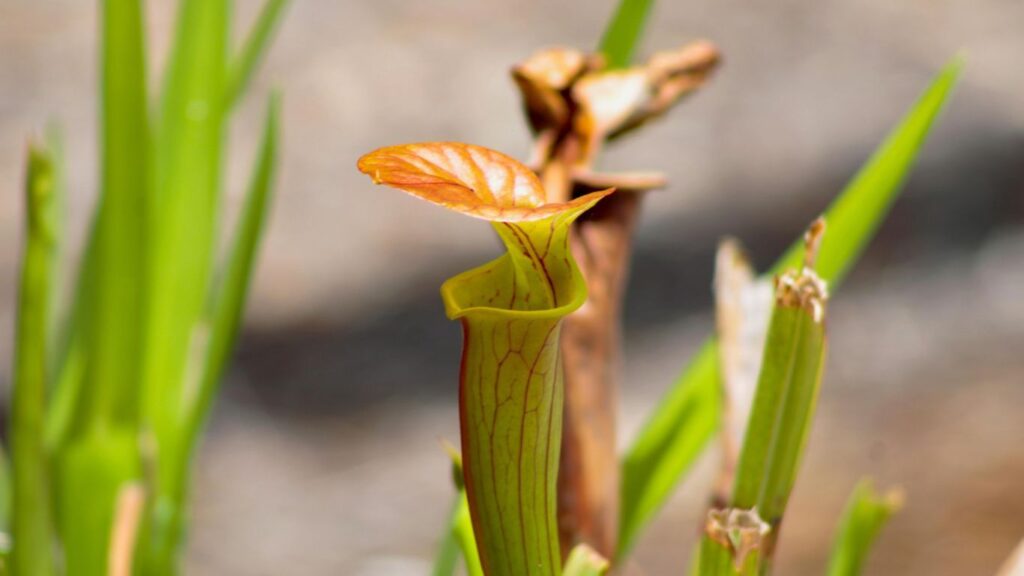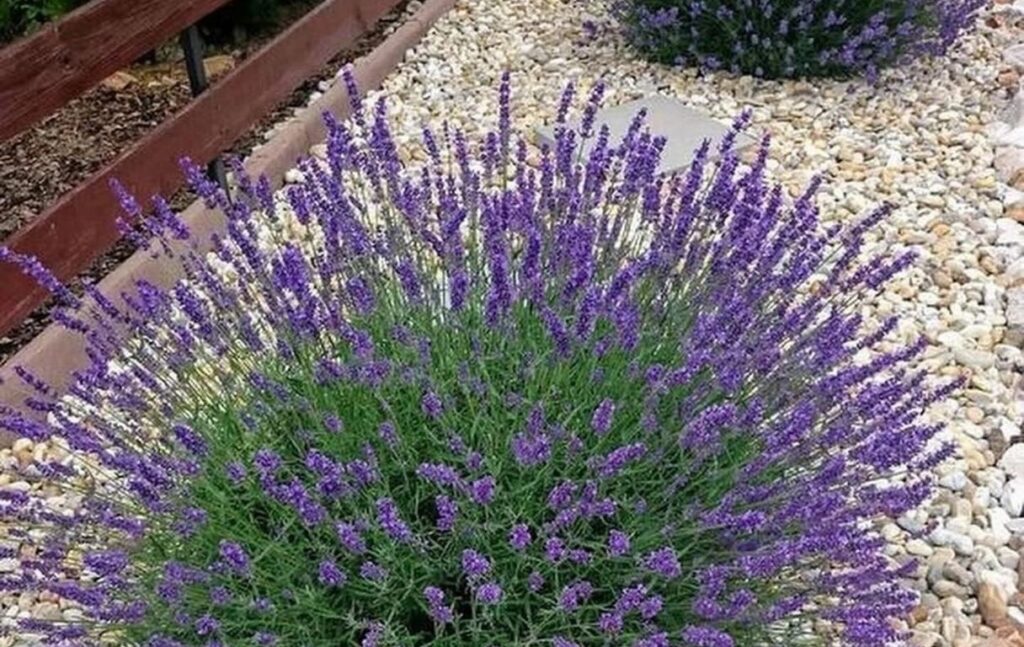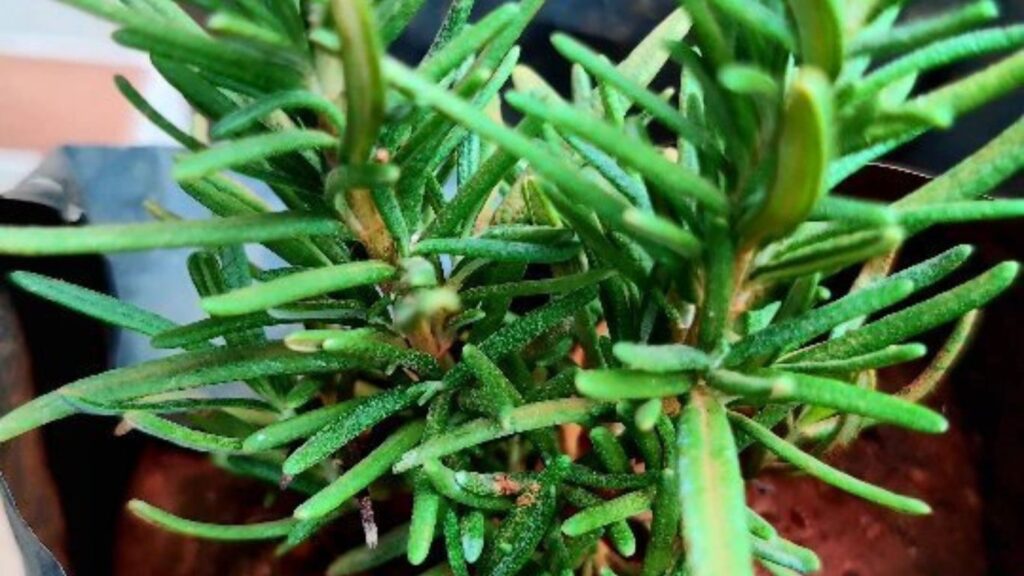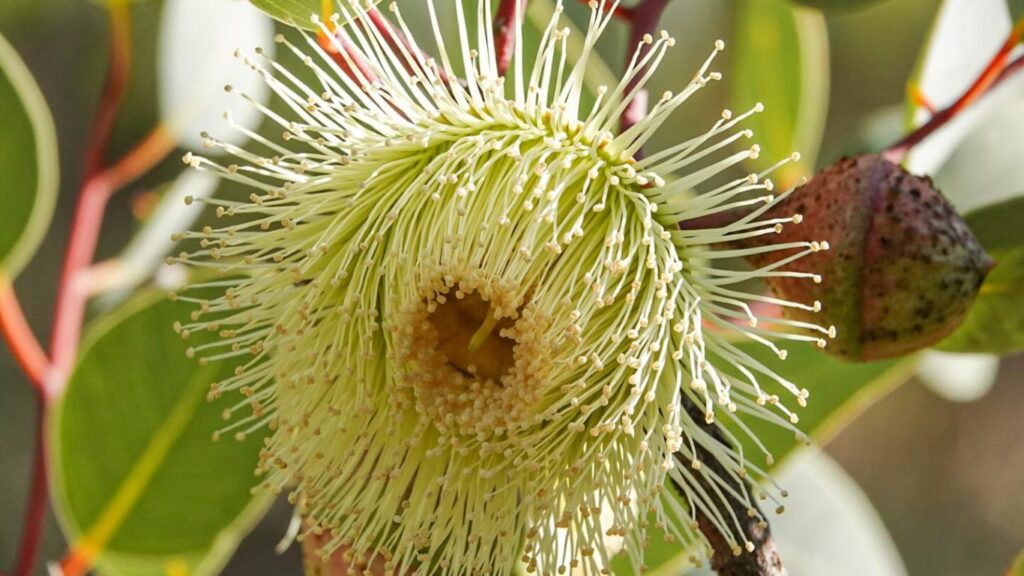We live on a fairly forested property. Here plants that eat fruit flies Every summer after we move here, we end up with fruit fly swarms in the kitchen.
They collect in the compost bin and fruit bowl. We’re not slobs I do the dishes clean and wipe the counters down every night.
Take out the compost and wash the bins 2-3 times a week. Keeping everything clean and washed helps, but fruit flies still build up over time.
And if there is even the slightest deviation from the cleaning schedule, within 2-3 days the fruit flies grow rapidly and 50-100 of them gather around in swarms.
Our previous remedy, repeated and respected over the years, was to leave a few traps.
What we found worked best was to pour a small, wide brimmed glass with a little wine, a drop of apple cider vinegar, a drop of dish soap.
Then hit it with a hot water spray to get the lot going. of the suds and bubbles.
When the swarms were particularly bad, one of these traps could catch dozens overnight.
But we had try to done to constantly replenish and refresh them but the floating mass grave plants eat fruit flies. Its like to see were a bit ugly.
Venus flytrap is the best known type of carnivorous plant. They have sensitive little trigger hairs on their leaves.
And when a fly lands and disturbs a hair, the two lobes close to trap the fly.
The plant prepares for its next meal, digesting the fly before opening back up.
The downside is that they can take a week or more to open the backup! It’s not nearly high-volume enough to combat my fruit fly problem.
Some additional research taught me about a more passive type of carnivorous plant called the “pitcher plant”.
There are many varieties, but generally their leaves form tubes that open upward.
These tubes are filled with fluid – a mixture of rainwater and digestive fluids. Flies are attracted to the odor, fly away, then fall into the liquid.
They remain trapped there until they sink, then slowly digested.
A single pitcher can hold many, many flies, and even small pitcher plants can have 6 to 12 pitchers.
I found three carnivorous “pitcher plants” by searching local plant nurseries.
And found two different varieties which internet research suggests is a Purple Pitcher Plant or Sarracenia purpurea.
And which I think is a Sarcenia leucophylla but could be a Sarcenia flava. I have named them Audrey III, Audrey IV and Audrey V.
When I got them they were the size in the photo. They were mature enough to have 6-8 open calyxes and another 6-8 juvenile calyces growing.
I was disappointed in the performance of Audrey III and V but Audrey IV or Purple Callus Plant is a beast.
These days I occasionally see a fruit fly buzzing around, but never more than that.
When I look at Audrey IV’s pitchers, she’s been busy – now I count ten or eleven fruit flies and two house flies.
Passive countermeasures like the Audrey IV work great because it prevents them from being exponential.
If you take fruit flies out early and continuously, they have no chance to reproduce.
A female fruit fly begins to mate 8 hours after emerging from the larval stage and lays about 400 eggs, which take 12-15 hours to hatch at normal room temperature.
Needless to say you have to keep checking them! Noticed for a while that they were still being piled up by the compost and not attracted to Audrey’s sweet scent.
Further internet research indicated that they don’t like the smell of lavender, so I cut some lavender flowers and put them in the compost bin lid and filter.
This didn’t seem to be working, so I sprinkled some high concentration lavender essential oil on the compost bin filter.
Later that night I saw a fly go into the hole in the lid, then back out, then in, but then back out. The smell did not like!
Since then, there has been no gathering of fruit flies around compost. I still see one or two flying around the kitchen, but Audrey IV is holding them back.
Here’s my official two-part recommendation for plants eat fruit flies management,
Get yourself an Audrey IV and sprinkle some lavender essential oil on your compost bin filter to keep them away.
Caring For A Pitcher Plant

A few notes on caring for your new Audrey:
You will need to use distilled water. If you water them with sink water they will die in a day or two.
These plants evolved in waterlogged, very nutrient-poor soil, so they evolved to obtain their nutrients from their prey.
The minerals in the pond water are enough to overwhelm and poison your pitcher plants.
Moist, but not soaking, soil. when you give them water. You then want the soil to be moist but not waterlogged.
Although you should look at the needs of your specific breed of Audrey.
Filling the jar. For certain types of pot plants, you’ll want to fill their pots with water.
Some types of pitcher plants have an opening at the top that does not cover any leaves (such as Audrey IV).
Such plants are designed to supplement their digestive juices with rainwater. Since it probably doesn’t rain inside your house as much as outside.
you’ll want to use an eye dropper or a straw to drip some distilled water into the pitcher. Generally try to fill them 3/4 way.
If your pitcher plant has a “hood” or the part of the leaf that covers the opening it’s designed to protect it from rain and you don’t need to fill it.
Search your specific species for specific instructions.
Feed your pitcher plant by hand. Fruit flies are probably the most annoying of all household pests.
They settle down properly and make themselves quite at home.
With the ability to be attracted to ripe fruit, vegetables and even stagnant drains, fruit flies are quite a nuisance at this time of year.
While not on anyone’s list of devastating disasters, fruit flies are downright frustrating, to say the least.
Learning how to get rid of fruit flies is one way to combat this problem, but it’s best to prevent them from entering your home first.
There are steps you can take to deter them from your home like growing the right plants.
There are certain varieties that are not harmful to humans but have repellent properties for fruit flies.
Here are seven plants that will repel and keep fruit flies out of your home.
Tulshi plants that eat fruit flies
One of the most popular herbs in everyday foods like pizza and pasta, basil is useful in another way: to repel fruit flies.
As a bonus, ants and mosquitoes dislike strong odors. Basil is non-toxic to both cats and dogs, so it’s an especially good option if you have pets.
Peppermint
While most find the scent of peppermint to be pleasantly refreshing, not so with fruit flies. It’s a smell that flies around them!
Mint is easy to grow both indoors and out. In fact, know that given sunny conditions with moist, well-drained soil.
It will take over not only where it’s planted, but the surrounding areas with pride and I mean fast!
Your best bet is to plant the mint in containers, then prune it back as needed to produce lush, beautiful leaves.
Lavender

When it comes to unique aromatic plants, lavender may top them all. And the fruit fly hates it!
Hate it so much that they will clean it up at every opportunity or like spiders, rats and even deer. A hardy plant, lavender likes full sun and well-drained soil.
If you grow it outdoors and want to take advantage of its fruit’s fly-repelling qualities, cut bunches, tie them into bouquets and hang them indoors.
Rosemary

Rosemary is easy to grow both indoors and out, requiring regular water in full sun and well-draining soil.
Planted near entry points, rosemary can stand guard to send fruit flies away before they even know they’re in the area.
This plant is not poisonous to cats and dogs, which makes it even better.
Eucalyptus

Eucalyptus leaves contain oil, which is often used for medicinal purposes.
This remarkable oil can help reduce pain symptoms and speed relaxation, so it’s a useful oil, to say the least.
We humans enjoy the many benefits of eucalyptus. However, it’s not a fan favorite for fruit flies.
Growing eucalyptus or indoor plants will do its magic soon.
Warning: Eucalyptus is also poisonous to cats and dogs, so keep pets away.
The Venus Flytrap
Venus flytraps will technically not repel fruit flies. It produces a sweet smell that mimics that of fresh flowers to lure those insects into its “mouth.”
Caring for this carnivorous plant is relatively easy but will require a tall container as the root system can be deep and intricate.
You’ll want a sunny location for best growth with acidic, well-draining soil. Venus flytrap is safe to grow around your pet as it is non-toxic.
The Clove Tree
Another naturally occurring plant that fruit flies cannot stand is the clove plant.
The small, stick-like spice is actually the dried flower buds of the clove plant that have been picked before they have had a chance to bloom.
If you want a steady supply of fruit fly-resistant cloves, you can grow your own clove plant outdoors, or even bring it indoors as a houseplant.
Is growing your own clove tree too much work? Find a can of whole cloves in a supermarket or online.
Cloves are on the list of items that can be poisonous to cats and dogs, so avoid it if you have pets.
Reference:
